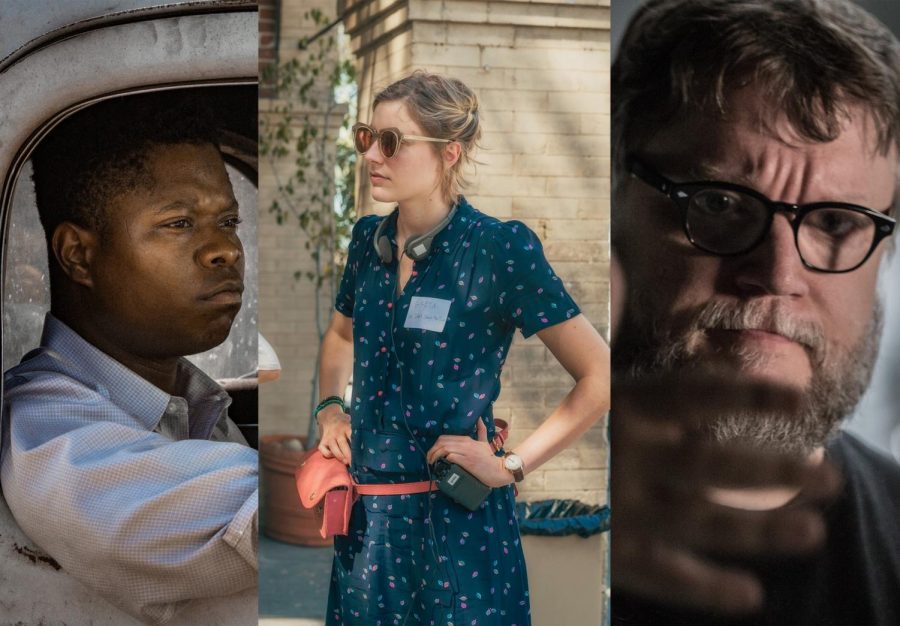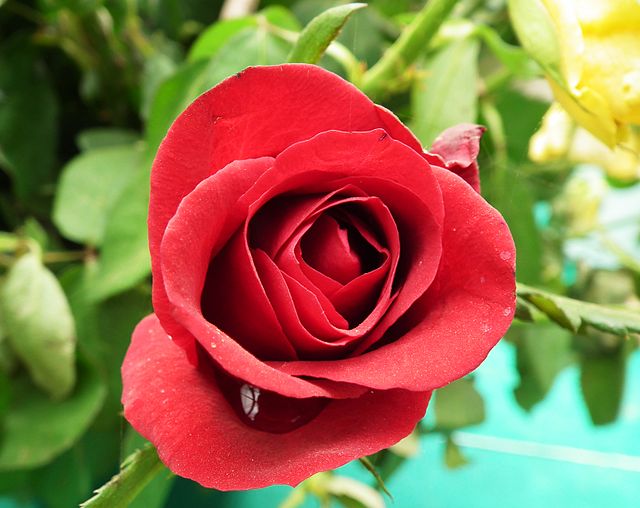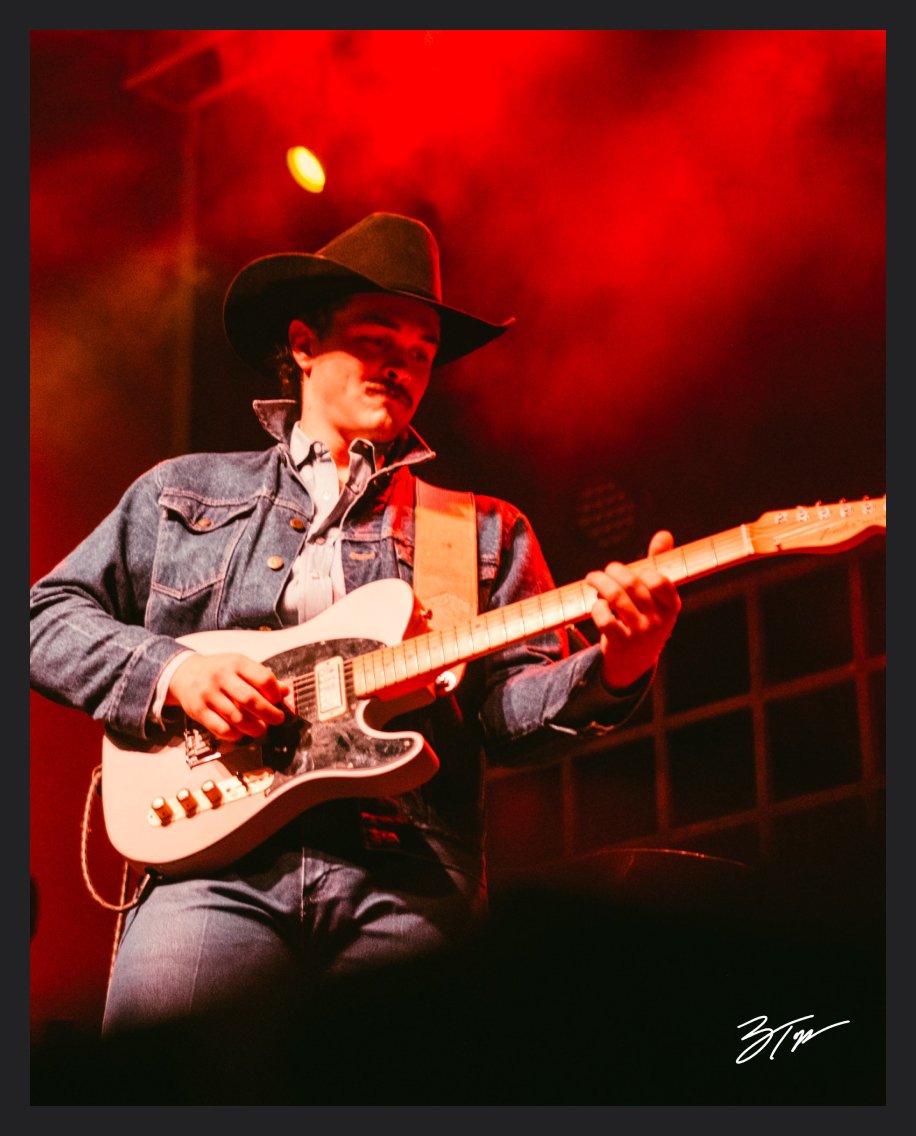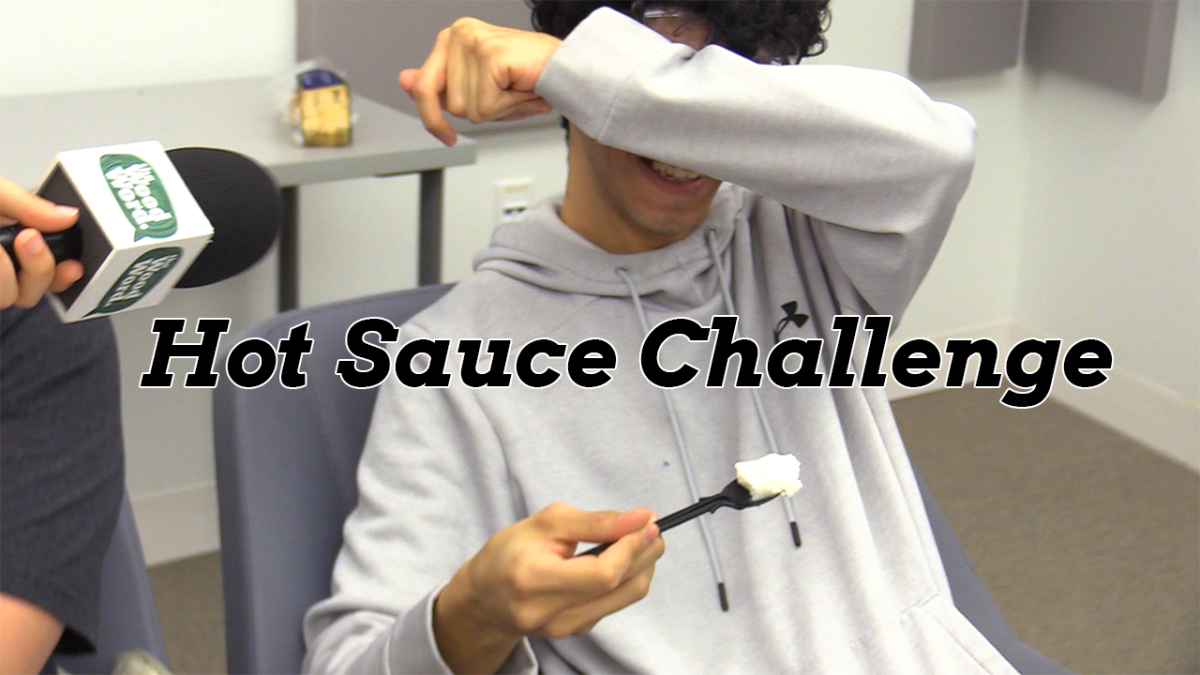The Oscars are no longer just for white men, so now it’s Hollywood’s turn to change.
Hollywood is starting to be more diverse.
When this year’s Oscar nominations were announced in January, more people of color and women showed up in the categories. Looking at the films nominated, this shouldn’t come as a surprise. Representation is the key word when looking at the films this year, from a horror film where white people are the villains to a drama showing Americans how they treat outsiders they don’t understand.
Four persons of color were able to score acting nominations, with Daniel Kaluuya and Denzel Washington as Best Actor and Mary J. Blige and Octavia Spencer as Best Supporting Actress. Blige and Kaluuya are first-time nominees.
Behind the scenes, Jordan Peele was nominated for Best Director and Original Screenplay for “Get Out,” his first nomination. Guillermo del Toro also received his first nomination for Best Director for “The Shape of Water.” Dee Reese and Virgil Williams are nominated for Best Adapted Screenplay for “Mudbound.” If they win, Reese would be the first African-American woman to win a writing award. Regardless, Reese is only the second African-American woman to be nominated, which is an achievement in itself.
In terms of female achievement, the Academy nominated Rachel Morrison for Best Cinematographer, the first female to be nominated for this award. Greta Gerwig was nominated for Best Director, only the fifth woman to be nominated and would only be the second woman to win. Although none were solo nominations, three women were nominated for Best Animated Feature including Dorota Kobiela for “Loving Vincent,” Darla K. Anderson for “Coco” and Nora Twomey for “The Breadwinner.”
The Academy also addressed the issue of ageism, where women are given less acting opportunities as they grow older while men are given any role possible. Every actress nominated for Best Supporting Actress is over the age of 45, with three of them over the age of 50. Even in the Best Actress category, three of the women nominated are over 40.
After years of waiting for more diverse nominees, this is a great start. The public is not only getting to see more people of color in acting roles being recognized, but also those who work behind the scenes.
Women behind the scenes are becoming more apparent as well. James Franco, who won a Golden Globe for his role in “The Disaster Artist,” was snubbed due to sexual assault allegations. This shows that there is progress being made in the film industry as the #MeToo movement took its toll around Hollywood.
But is this good enough?
There were no people of color in Best Supporting Actor or Best Actress. Patty Jenkins, the director of the super-hit “Wonder Woman” was snubbed for Best Director. Dee Rees wrote and directed “Mudbound,” but was snubbed for Best Director as well. Only three of the Best Picture nominees prominently feature women as the lead.
The truth is, white men still dominate Hollywood. Only 18 percent of all lead creative positions in film (including writers, directors, producers and cinematographers) were taken by women in 2017, according to a USC Annenberg study. The numbers are lower when race is involved.
These numbers don’t accurately reflect our country’s populations. In the 2010 census, 12.6 percent of the population was African American, 16.3 percent were Hispanic and 4.8 percent were Asian.
America is a diverse nation, but Hollywood is not reflecting that. If we want award shows to improve their diversity further, we need to diversify the content being produced for award shows.
This will be the most diverse Oscar class we’ve seen in years. There is progress being made by the Academy that deserves to be acknowledged, especially thanks to the #OscarsSoWhite movement. But there is still progress to be made. For those Americans who wish to see themselves win awards and be recognized, they need to be represented more on and off screen.
Contact the writer: [email protected]
Twitter: @BethanyWadeTWW










